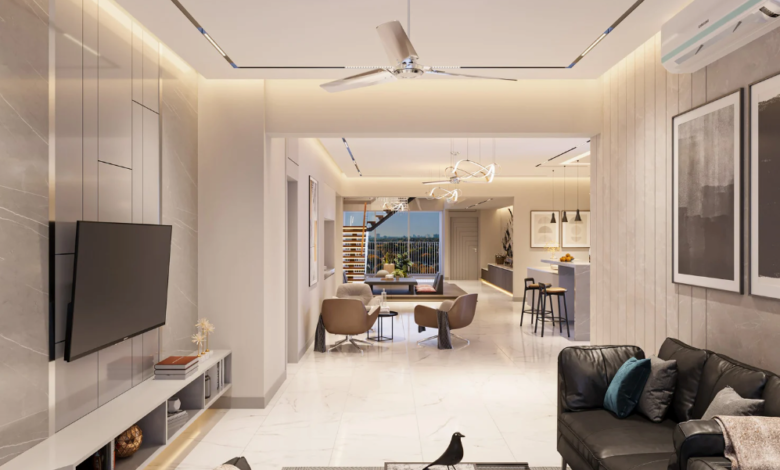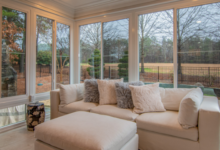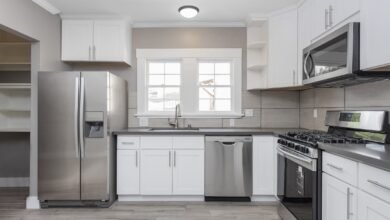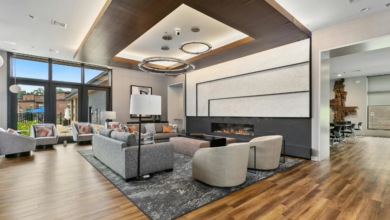Ways to Add Privacy During a Home Design

Privacy is one of the most critical aspects homeowners consider when planning a custom home design. Whether you live in a bustling neighborhood or a quiet suburb, the layout and structure of your home can significantly impact how much privacy you enjoy. Partnering with an experienced residential architect in Atlanta can help ensure that privacy features are seamlessly integrated into the design without compromising style or comfort.
Strategic Layout and Zoning
Privacy begins with smart spatial planning. Positioning bedrooms away from high-traffic areas like the living room or kitchen enhances both comfort and quiet. Separating public and private zones within a home helps control visibility and movement, reducing exposure to noise and unwanted foot traffic.
Designing multiple floors, split-level layouts, or secluded wings can be particularly effective in larger homes. The strategic use of hallways, transitional spaces, and room orientations also plays a major role in shielding private areas. Windows facing neighboring homes should be positioned carefully to avoid direct lines of sight.
Effective use of outdoor-to-indoor transitions further enhances privacy. Covered entryways, enclosed porches, and landscape buffers create a natural separation from the public domain without feeling closed off.
See also: How Does Driver’s Ed Prepare You for Real-World Driving Challenges?
Materials, Walls, and Acoustic Design
Incorporating privacy isn’t just about physical separation; it also involves sound control. High-density materials such as insulated drywall, acoustic panels, and solid-core doors can help reduce sound transmission between rooms. This is especially important for home offices, primary bedrooms, or media rooms.
In modern home design, open-concept layouts are popular but often compromise acoustics and sightlines. Creative interventions such as partial walls, sliding partitions, and textured wall finishes can create subtle divisions without eliminating openness.
These structural elements reflect broader principles of how residential architecture balances design with function, particularly in custom home environments. Privacy is not just an afterthought but a central part of architectural planning that requires nuanced material selection and layout coordination.
Outdoor Privacy and Sightline Control
For homes with backyards, patios, or balconies, exterior privacy can be just as vital. Fencing, privacy screens, and strategic plantings like hedges or vertical gardens offer natural solutions that are both attractive and effective.
Architects also design outdoor spaces with elevation changes or L-shaped layouts that obstruct direct lines of sight from neighbors or streets. These solutions protect your personal space while preserving openness and natural light.
Window treatments such as frosted glass, high clerestory windows, or well-placed louvers can prevent direct views inside the home while still allowing daylight to penetrate. This balance between visibility and seclusion is one of the many benefits of working with professionals who understand the importance of residential architect collaboration during planning stages.
Conclusion
Achieving privacy in a home design takes more than just adding walls or fences, it requires intentional architectural planning. With expert guidance, privacy-enhancing features can be built into the design from day one, allowing you to enjoy comfort, security, and peace of mind in every corner of your home. From interior zoning to outdoor sightline control, every detail plays a role in shaping a living space that respects your need for seclusion without sacrificing aesthetic appeal or functionality.







